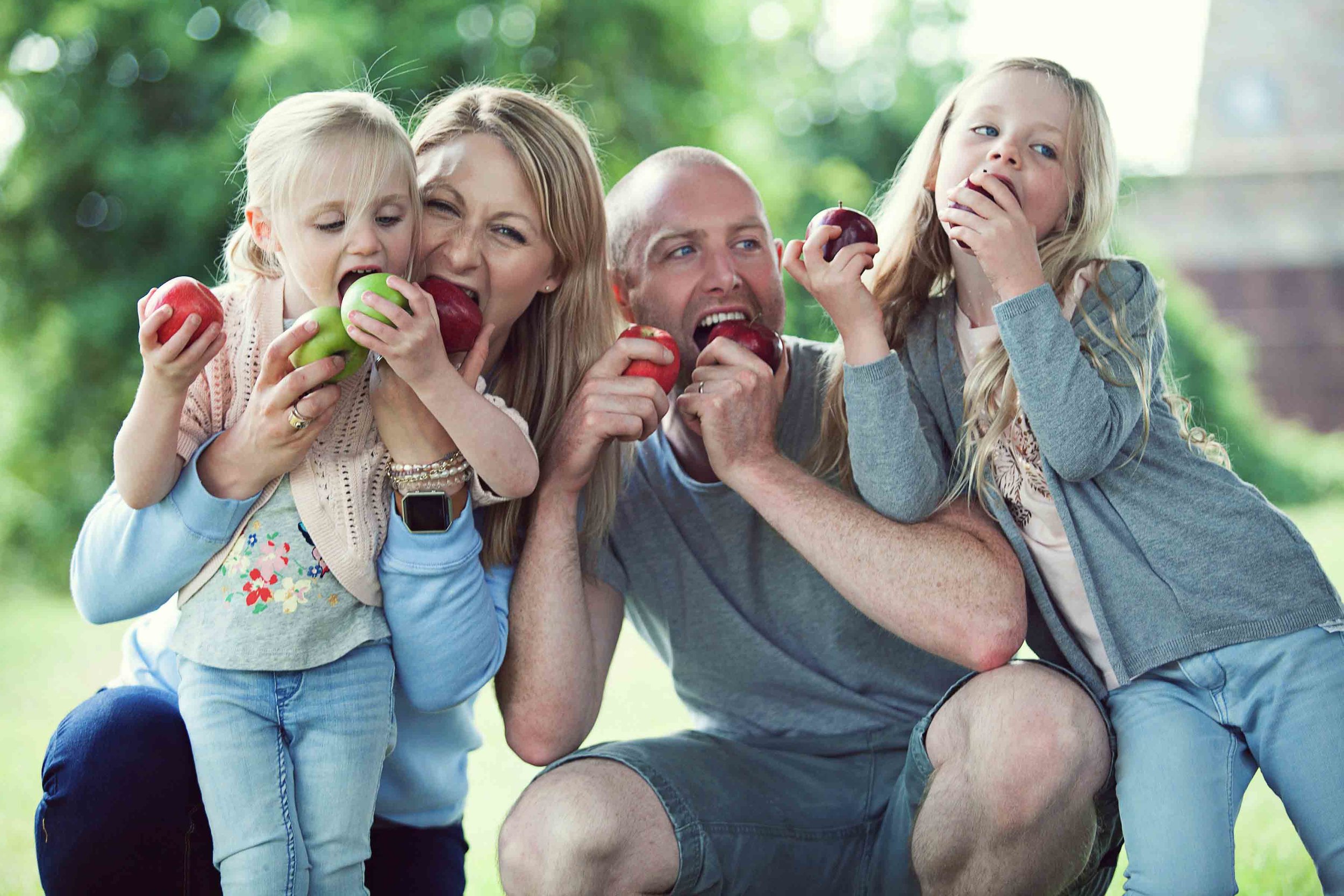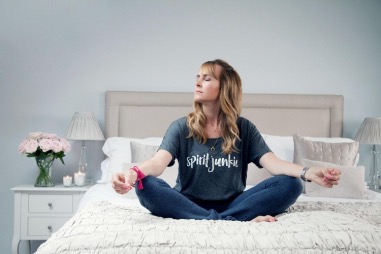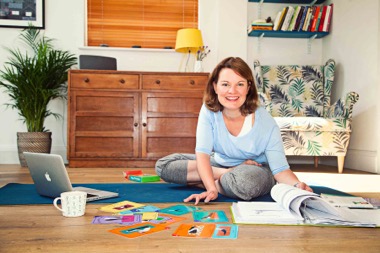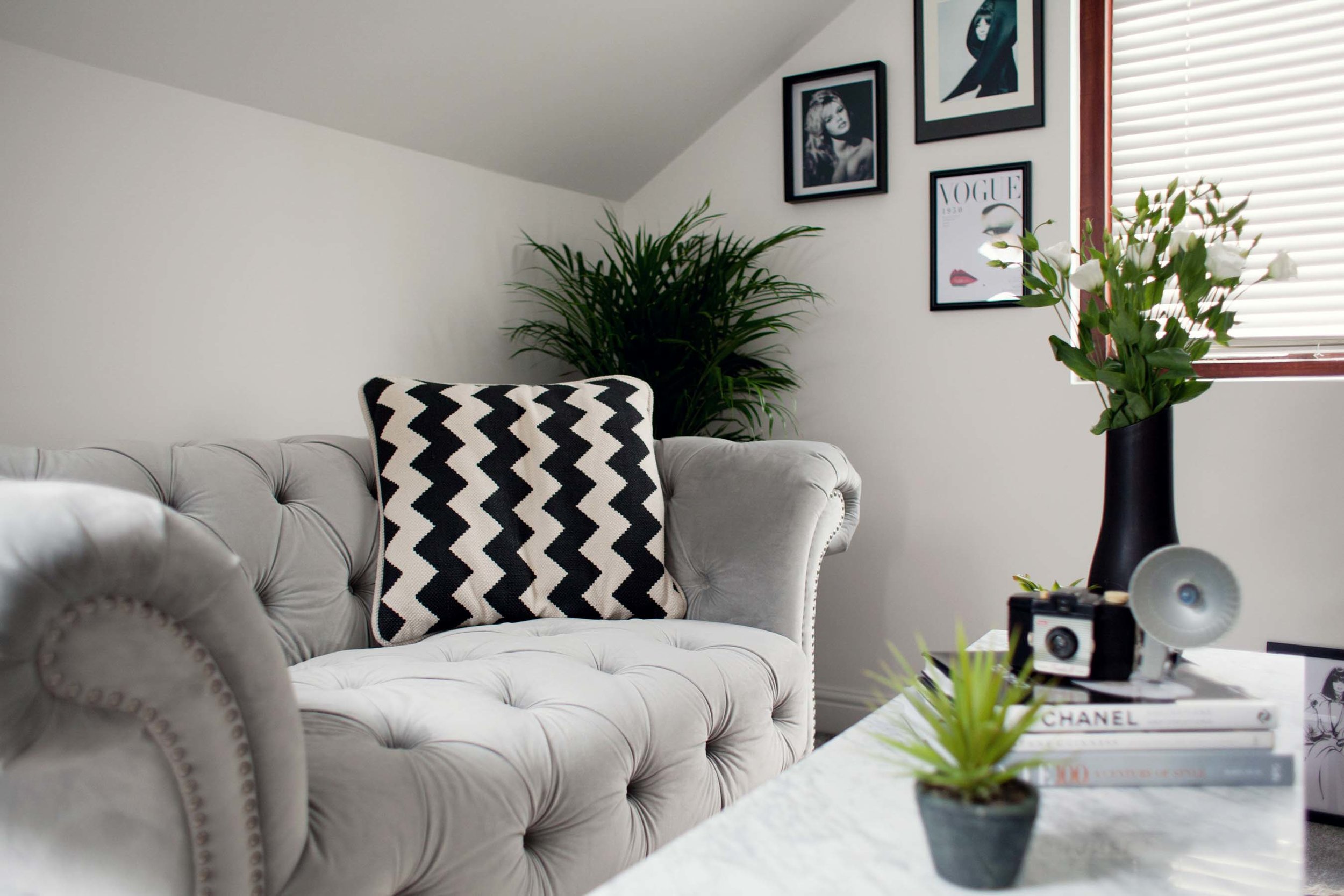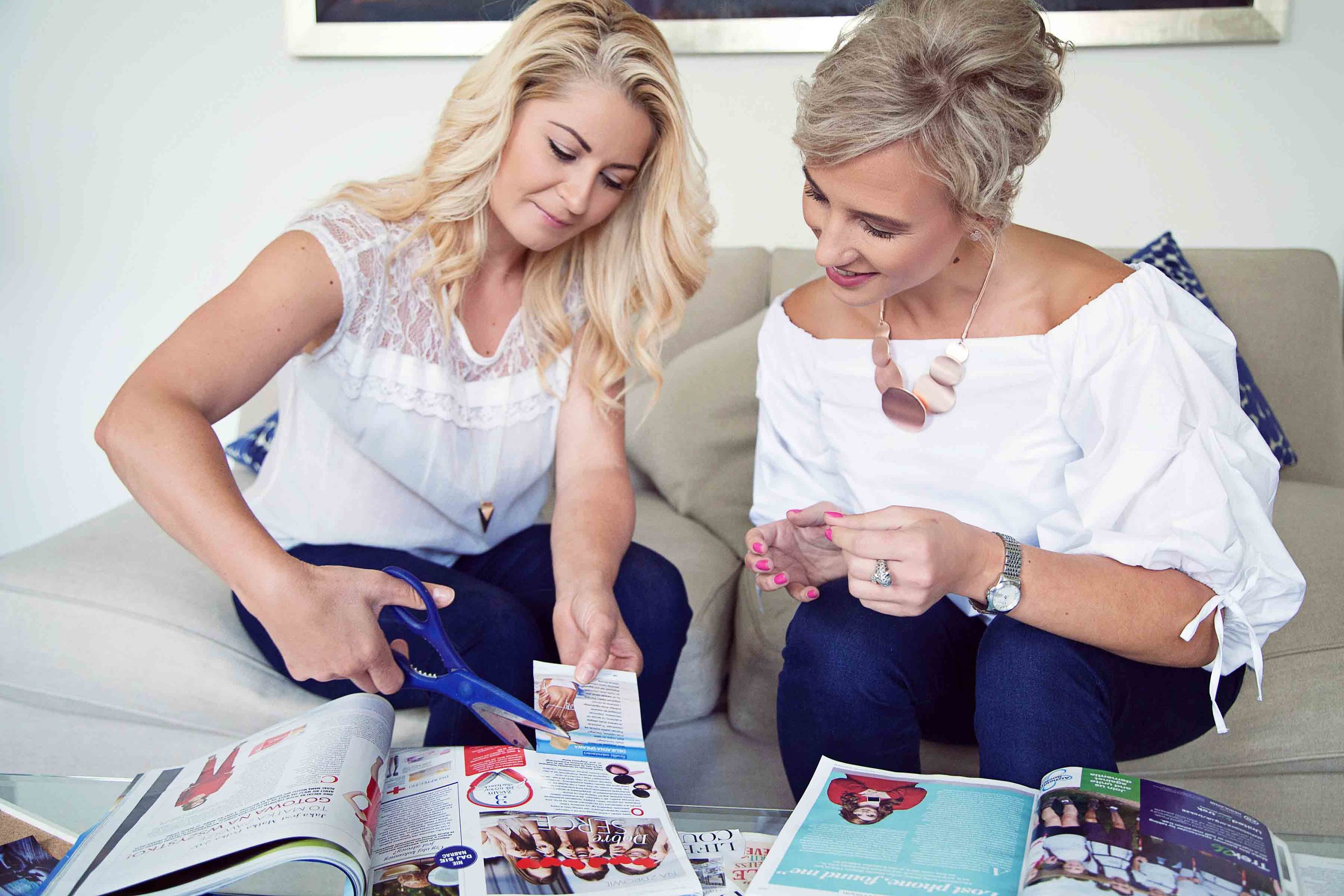How to create visual content which isn’t boring
We always start with the best intentions when it comes to creating visual content for our online profiles.
At the beginning of our journey, we’re excited about sharing our story, insights from our life, snippets of information, inspiration or motivation with our audience. But a couple of weeks into our efforts, the excitement and novelty of it all wears off, we run out of ideas and we’re left with an extra task on our too long already to-do list that we no longer want.
Whether we’re feeling inspired or not, content is king today. It’s how we build relationships with our audience, it's how we keep them engaged with our brand and it's how we stay on top of their minds.
If you want to better understand why visual content is so effective in building emotional connections, read The Secret Power of Visual Marketing.
Personal branding is here to stay and visual content is the way forward, so rather than feeling down about the lack of inspiration, read this blog and learn how to create visual content which isn’t boring.
You might be reading this and thinking YES, how does she know that I am struggling with this right now? Well, truth be told - I’ve been there myself too many times and I know how off-putting a lack of creative inspiration can be. That’s why I’ve created a system that helps me find inspiration for visual content in my daily life and also allows me to come up with brilliant ideas for brand photos for my clients.
I am going to share my simple strategy with you so that you can use it in your business or when creating your personal brand presence online so that you can create inspiring visual content that people want to engage with, even when you’re no longer feeling inspired.
I promise, it is a really simple system but it requires a bit of planning. Not too much though and the results will be so worth it. Overall, you’ll save time and you’ll be reaping the rewards for many weeks, months or even years to come. Let’s begin.
First step is to figure out who you are, what you’re talking about, who is listening to you, and how would you would like them to perceive you. In other words, you need to “define your brand”.
Who are you?
What are you talking about?
Who is listening?
How do you want them to perceive you?
“People buy from people they know, like and trust and from brands whose values and beliefs they share”
Ok so these 4 questions might feel a little too deep or complicated to figure out and translate into visual content, so let’s break it down further into 10 easy categories for you to define:
1. YOU and your personality – interesting things about you that people remember you by
Example: We are a creative agency passionate about telling your unique story through branding, photography and web design.
2. Industry markers – What you do – people’s understanding of your profession
Example: We are specialised in turning brands from bland to brilliant and help people boost their online presence using personable photography, brand design and website design.
3. Popular topics within your target audience – current trends (list 3 trends you want to ride)
Example: #marketing #webdesign #photography
4. Hobby – your passion that you are knowledgeable about – something you can talk about
Example: #brandstrategy #wine&food #travelling
5. Location markers – where are you and where your workplace is located
Example: Bristol, UK
6. Thoughts, values, beliefs and feelings – your message and what you stand for and want to be recognized for
Example: creativity, brilliance, passion
7. People you love – show who is important in your life – this one is sure to get an emotional response!
Example: family, friends, partner and team
8. Unique differentiation – one thing that differentiates you from your competition/ everyone else
Example:high quality, customer service, forward thinking, innovation
9. Your guilty pleasures – things you can’t live without
Example: coffee, cake, spa trips, massage, travelling
10. Goals – show what you are aiming to achieve to help people see you as aspirational leader
Example: help businesses succeed, help people feel confident
Need photoshoot direction?
Book our Photoshoot Expert call and we can help ideate and conceptualise your brand photo-shoot into a clear shoot list, while also sourcing the right photographer in your local area anywhere in the world.
While writing down your 10 answers, think about the person that you would really like to impress with your content, personality or expertise. This might be your role model, your ideal client or someone you want to really blow away with your content.
Now that you have your identity broken down into 10 things, it’s time to visualise!!
If you’re naturally visual, then you might be already seeing the images that you want to create in your mind’s eye. But if this is still difficult for you at this stage, then I invite you to go Pin-crazy on Pinterest!
Create a personal brand board in your Pinterest account and type the words that represent you taken from the 10 answers into the search bar and see what comes up! Now pin the images that attract your eyes so that you have a visual representation of your identity. After doing this for about 20 minutes, a consistent theme will start to emerge and you’ll start seeing your mind’s self-concept on the screen at the front of you.
Congratulations!
You have just defined your self-concept and decided how you would like to be seen by your audience!
Now’ it’s time to start creating visual content that represents who you are, what you do and gives people an insight into your lifestyle, personality and business. This is how you’ll make your online audience connect with you on a deep personal level and like you for who you are. This is how you’ll make friends online and attract like-minded people to follow you and to your business.
Final top tips:
When creating your content for social media, follow a simple “A photo a day strategy”.
To streamline it, come up with key themes that encapsulate who you are (10things).
Schedule some of your posts in advance using online tools to stay consistent!
And most importantly, have fun with it!
You’re welcome!
Lidia x
